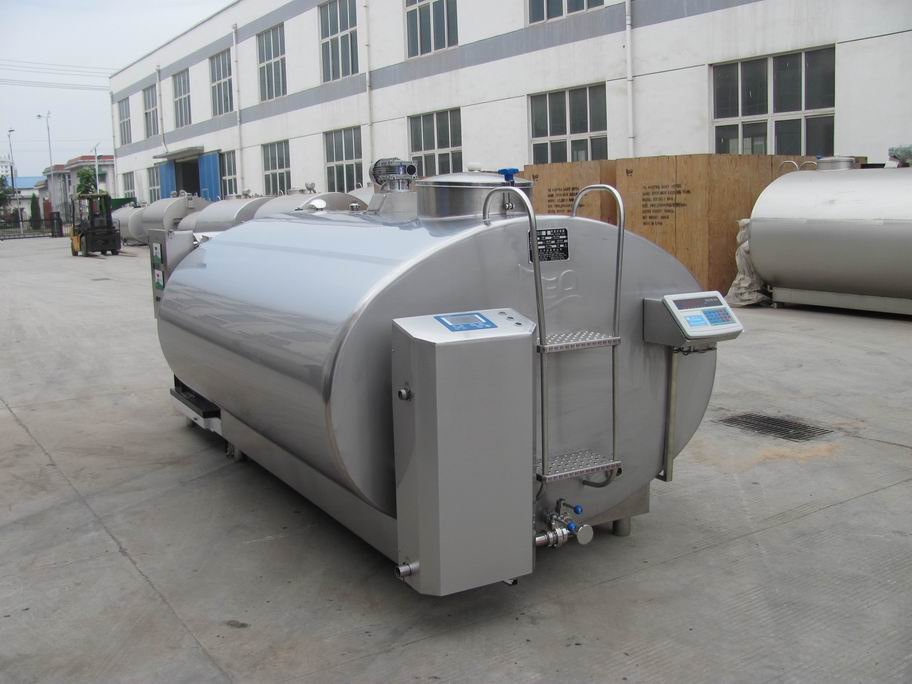Civetes are mainly distributed in the tropics, and they are also distributed in Hebei, Shanxi, Shaanxi, Jiangsu and Zhejiang. The habitat of wild civet cats is generally low and medium altitude. It is dominated by broad-leaved forests and inhabits forests, bushes, caves, tree holes or soil caves. Occasionally, it can be found in the open land. The civet raccoon is good at climbing trees. It often feeds on the trees and feeds on wild fruits and grains. It also eats foods such as branches and leaves, birds and bird eggs, frogs, rats, and insects.
According to the "Wildlife Protection Law of the People's Republic of China", civet cats belong to the state's second-class protected animals and are strictly prohibited.
At present, the number of civet people breeding and breeding is quite numerous, but the status quo of wild populations is unknown. The civet cat nocturnal animals have nocturnal habits, but the behavior of captive civet cats is not obvious.
The official name of the civet cat should be called "white nose". The common names are: veiled civet, sweet civet and white-fronted civet. Civetes are mainly distributed in the tropics, and they are also distributed in Hebei, Shanxi, Shaanxi, Jiangsu, and Zhejiang. Civets belong to the mammalian taxonomidae, carnivora, psiidae, civet cats. At present, there are a large number of folk breeding and breeding, but the status of the wild population is unknown. According to the Law of the People's Republic of China on the Protection of Wildlife, civet cats are protected animals.
In terms of body characteristics, the civet's body is slightly overweight and has a short neck, which is not easily distinguishable from the body. Body hair is short and thick, yellow-gray-brown, and the head and neck are darker, with a distinct white longitudinal band from the forehead to the nose. The parts of the eyes that extend up and down to the ear also have a white spot. The back of the neck, shoulders and limbs are black. The head trunk is 48-50 cm long. The tail length is slightly less than body length, about 37-41 cm, and the end is black. Strong and short limbs, each with five toes, sharp claws.
The civet cat nocturnal animals have nocturnal habits, but the behavior of captive civet cats is not obvious.
The habitat of wild civet cats is distributed in the low to high altitude mountainous areas, but there are many low and middle altitudes, and the habitats are mainly broad-leaved forests. Occasionally, they can be found in the reclamation area.
On May 11, 2003, Shenzhen-Hong Kong researchers separated SARS-like viruses from the specimens of civet cats. The researchers also analyzed the virus morphology by electron microscopy and determined that it was a coronavirus. Scientific research results confirm that the SARS virus that threatens human health comes from wild animals. In January 2004, Hong Kong and Guangdong experts showed that the genetic structure of the civet SARS coronavirus on the Guangdong market was similar to that of the suspected (after confirmed) gene fragment in December 2003, further suggesting that the human SARS coronavirus may be Comes from the civet cat.
Zhou Junan, director of the Shenzhen Municipal Health Bureau, who is a medical expert, pointed out that human cases of deadly viruses from animals have become commonplace. Human diseases caused by animal sources include viral diseases, protozoal diseases, bacterial diseases, fungal diseases, and the like, such as rabies, cat catch fever, plague, mad cow disease, bird flu, and the like. He said that some viruses have little effect on animals, but they are highly pathogenic to humans and even have a high mortality rate. This is because wild animals have already developed immunity against viruses in the long-term struggle against harsh environments. However, human beings live in a relatively superior environment, and their ability to fight viruses is naturally worse than that of animals. Therefore, caring for animals means loving humanity.
Introduction of Leo Milk Cooling Tank / milk cooler:
Milk cooling tank composed of refrigeration units and tank body as two major parts. Tank body made of high quality AISI stainless steel (food grade); insulation layer use polyurethane foam one time forming; compressor unit using the most advanced U.S. Copeland flexible scroll compressor; optional device including automatic cleaning devices, electronic metering device and heat recovery system; independent computer control system makes our milk cooling tank in intelligent automatic working condition. Our milk cooling tank features are:quick cooling speed, high efficiency and insulation ability , low noise, reliable, simple operation, no maintenance and on-site installation, long service life. Capacity from 500L to 12000L to meet the different needs of various customer groups.
Features and benefits of Leo milk cooling tank/ milk cooler :

Milking Machine,Milk Chilling Tank,Mannual Milk Tank,Horizontal Milk Tanks
Henan Leo Husbandry Equipment Science and Technology Co.ltd , http://www.chinaleodairy.com